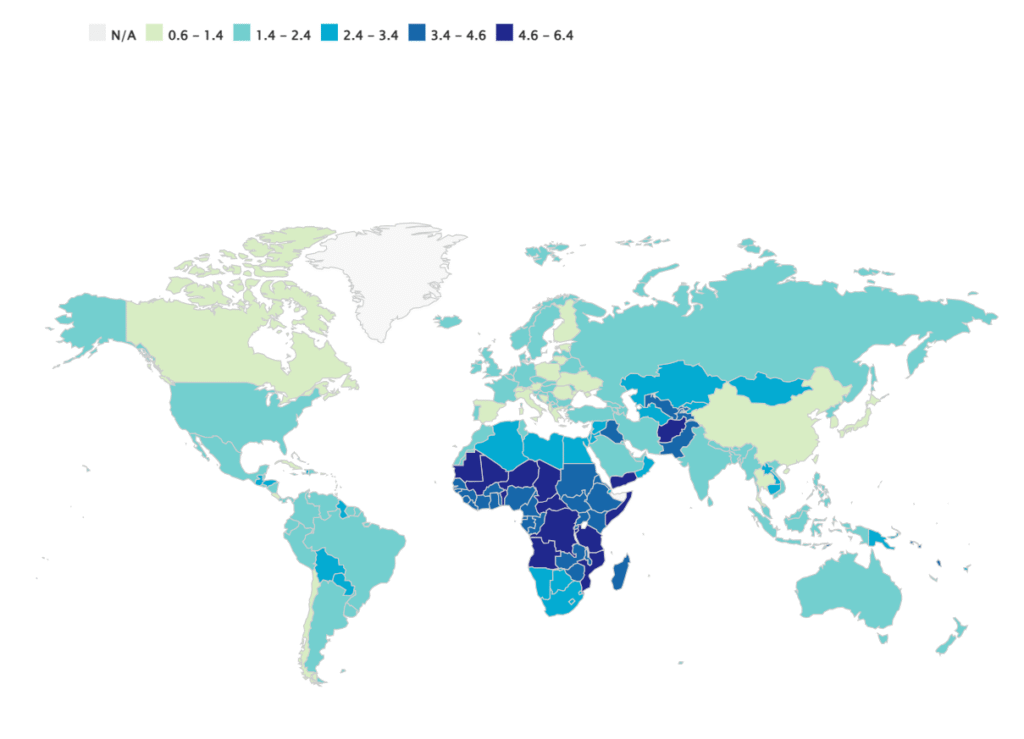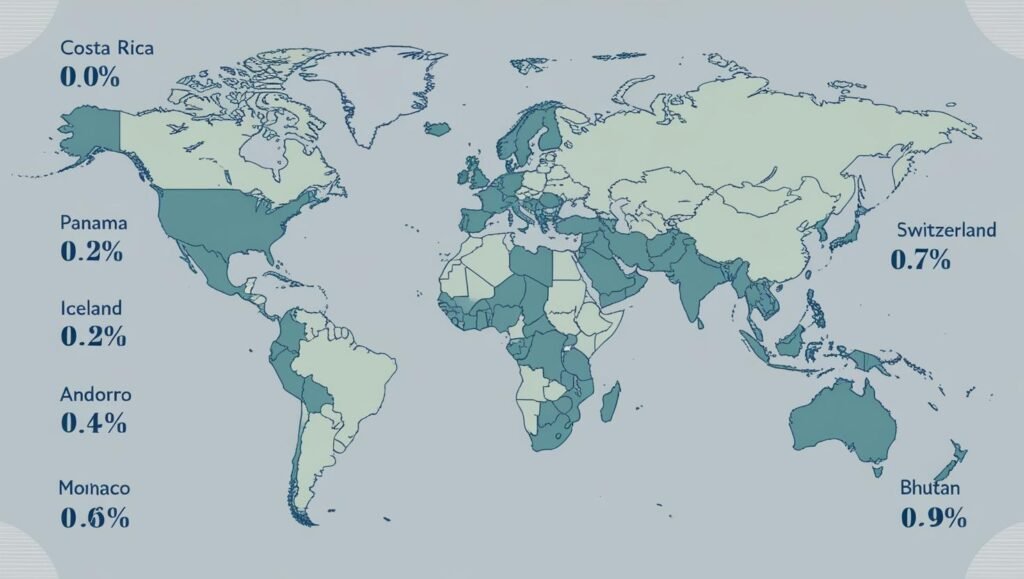According to the PRB(Population Reference Bureau) report, fertility rate 2024 around the globe are telling a fascinating — and contrasting — story. On one end, some African countries are leading the world in births per woman, while much of Europe and parts of Asia are experiencing historic lows.

Top 10 Countries with the Highest Fertility Rates (2024)
| Country | Fertility Rate (births per woman) |
|---|---|
| Niger | 6.64 |
| Angola | 5.70 |
| DR Congo | 5.49 |
| Mali | 5.35 |
| Benin | 5.34 |
| Chad | 5.24 |
| Uganda | 5.17 |
| Somalia | 5.12 |
| South Sudan | 5.09 |
| Burundi | 4.90 |
These numbers are a reflection of a different pace of life and often, different priorities. In regions where literacy and employment are lower, family size tends to be larger. Children are often seen as a source of support — emotionally, culturally, and economically.
Countries with the Lowest Fertility Rates
| Country | Fertility Rate |
|---|---|
| Taiwan | 1.11 |
| South Korea | 1.12 |
| Singapore | 1.17 |
| Ukraine | 1.22 |
| Hong Kong | 1.24 |
| Macau | 1.24 |
| Italy | 1.26 |
| Puerto Rico | 1.26 |
| Moldova | 1.26 |
In highly urbanized, well-educated, and career-driven regions, the trend seems to be: less is more. Families are shrinking — or not forming at all — as individuals prioritize personal goals, work-life balance, or simply solitude.
Are We Getting It Wrong or Just Changing?
It’s worth asking: what are we teaching kids in school these days? The message seems to be “study hard, work harder,” but at what cost?
In societies where employment and education levels are high, people are delaying marriage, parenthood — or skipping both. Some call it a failure in achieving a work-life balance; others say it’s simply a shift in values.
Maybe we’re not “failing” at family. Maybe we’re redefining it.



